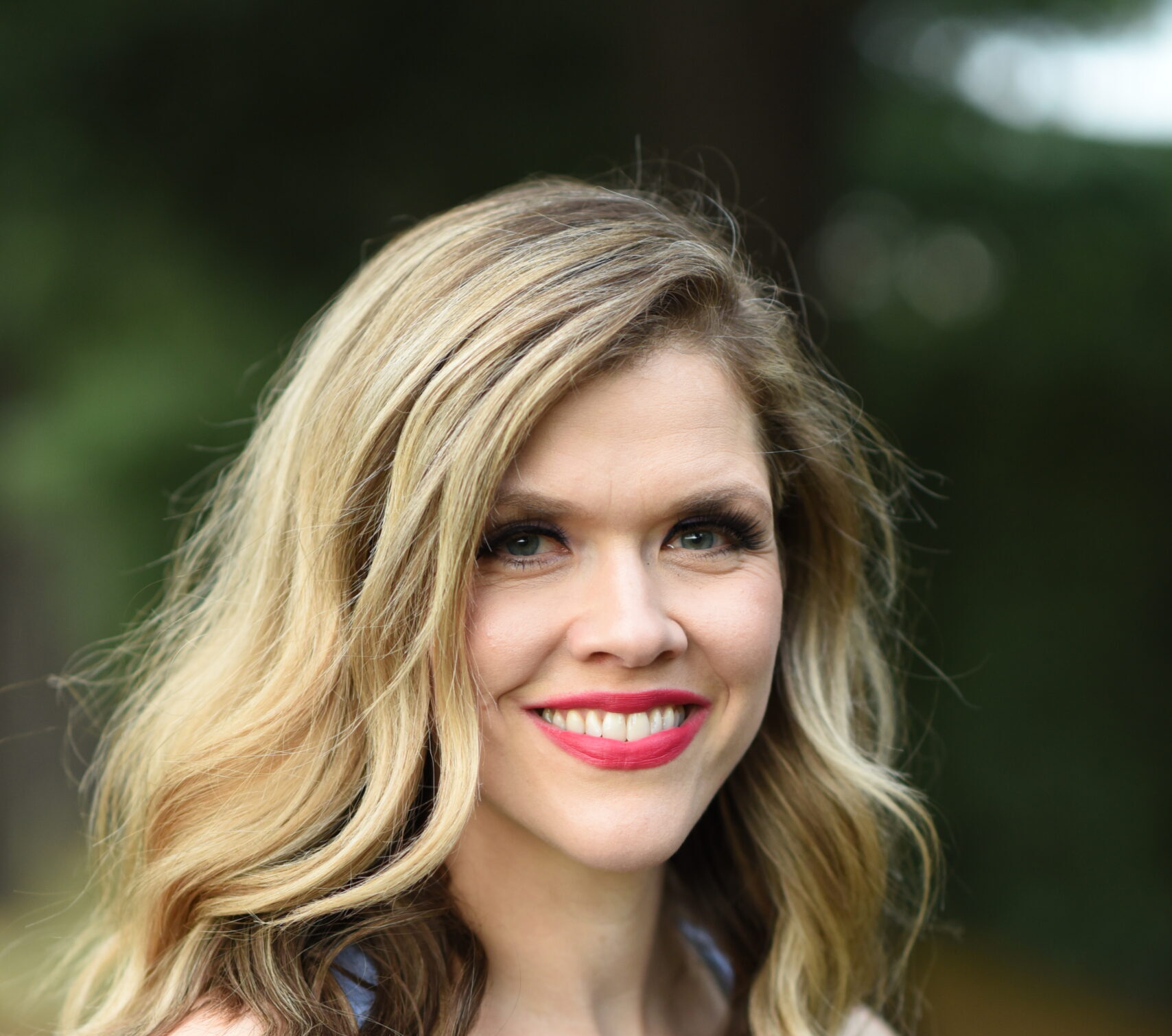
Amalia grabbed the bowl of mashed sweet potatoes and tried to eat them…still working on coordination.
I want to make it very clear that while I feed my kids essentially the same things I eat, I don’t feed them a low-fat diet. While a high-fiber, low-fat diet is best for most adults, it isn’t for most kids. Bryanna Clark Grogan, in her excellent cookbook, The (Almost) No Fat Cookbook explains:
It is as difficult to cover a complete discussion of vegetarian nutrition for
children as it would be for adults, but I would just like to warn parents that
children and adults have different dietary needs. While lower-protein and
high-fiber diets might be good for adults, a child who fills up on too much
fiber may not be able to eat enough […] and obtain enough calories for proper
growth. So feed your child the same things you eat, but unless the child
is obese, add liberal amounts of nut and seed butters, tahini, hummus, pureed
beans, avocado, and tofu. Keep nuts and dried fruits around for munching
(watch small children with these, as they can choke on large pieces), and add
molasses, wheat germ, and nutritional yeast to foods for extra calories and
nutrients. Offer soy milk [and other non-dairy milks] and tofu-fruit
shakes, puddings, and frozen desserts. Pasta is favorite. Go easy on
fruit juice; it’s filling and can dampen young appetites. Use soda water
with fruit concentrates instead of soft drinks for special occasions. (pg. 13)
To add to that, breastfeeding is crucial. Nature intended for babies to breastfeed for much longer than most of us do. Ideally this should be their primary source of calories for the first 1 year or longer (the World Health Organization recommends 2 years).
Culturally, that is just way too long for us Americans, but look around the world, and it is much more of a common practice.
With my first two children, I breastfed for 12 months and 14 months respectively, and was proud of that fact. With my third child, I don’t have any firm resolutions, but I would like to breastfeed as long as she is willing and I feel comfortable doing so (I still have a hard time picturing breastfeeding until 2 years…but many women do it, it is natural, but I still have a hard time wrapping my mind around it).
When I first transitioned to a plant-based diet one of the mistakes I made was giving my oldest son too much juice. That’s what he wanted, so I gave to him. With my second son, I breastfed a little longer and instead of giving him juice, I gave him water for thirst, and solids for hunger.
I add ground flaxseed, chia seeds, or walnuts to their oatmeal or smoothies. It’s a really easy way to add that essential fat that kid’s need. I’m liberal with higher fat foods like tofu, soy yogurt, and earth balance (a non-hydrogenated non-dairy butter).
I have a champion juicer and can make nut butters rather inexpensively. I recently cut peanut butter out of their diet, on a hunch that they might be allergic to it. So now I give them almond butter and mix in a little honey or agave for sweetness. One of their favorite snacks are cashews, walnuts, and pumpkin seeds. Nut and rice milks are also great, and can be made at home or store bought.
On a final note, kid’s have different nutritional needs than adults. And even adults nutritional needs (particulary caloric needs) vary depending on age, gender, ect. So I guess what I am trying to say, is that though I do believe that the principles of a plant-based diet can fit all, the type of plant-based diet will vary depending on a number of factors.
When it comes to the kids, let them eat fat (good fat that is)!


